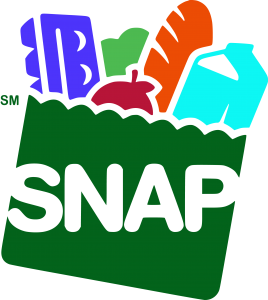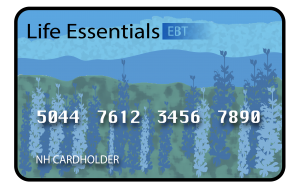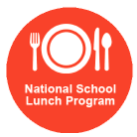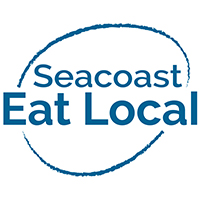 Blog post by: Carina Berglund, Dietetic Intern
Blog post by: Carina Berglund, Dietetic Intern
Upcoming Changes to SNAP Benefits
The Supplemental Nutrition Assistance Program (SNAP) is a program from the U.S Department of Agriculture that provides monthly benefits to eligible individuals and families to assist with purchasing food. Benefits are calculated based on the Thrifty Food Plan which is a cost-conscious estimate of what groceries would cost for a family of two adults aged 20-50 and two children aged 6-8 and 9-11. The amount each recipient gets is then adjusted accordingly by family size. There have recently been some changes made to the SNAP program regarding benefits so here are the key points you need to know:
Emergency Allotment and 15% Boost to Benefits End
Since March 2020, SNAP participants have been receiving the maximum benefit for their household size under the Families First Coronavirus Relief Act. For example, the maximum monthly benefit for a family of 4 is $680, so under the emergency allotment, all families of 4 have received $680 monthly to purchase food. As January 2021, recipients have also had a temporary 15% increase in benefits so that family of 4 receives a total of $782. The 15% boost and the emergency allotments will be ending September 30, meaning that all recipients will go back to receiving a monthly benefit based on their income and the Thrifty Food Plan.
Average SNAP benefits will increase

After a review of the Thrifty Food Plan to reflect current food costs and calorie needs, the USDA found that a nutritious cost effective diet costs 21% more than the current Thrifty Food Plan. This means that there will be in increase in SNAP benefits to reflect these changes to the Thrifty Food Plan. The average monthly benefit per person will increase by about $36 starting October 1.
P-EBT Continues Through the Upcoming School Year
 Under the Families First Coronavirus Response Act, households with children who receive free or reduced lunch would receive Pandemic-Electronic Benefit Transfers (P-EBT). P-EBT will be continuing through the 2021-22 school year. This benefit helps to assist families with the cost of meals for children who would be receiving free or reduced meals during an in-person school day. The P-EBT benefit can be spent the same way as SNAP/EBT on food items at the grocery store or anywhere SNAP/EBT is accepted. The benefit amount per child each day is $3.75 for lunch, $2.35 for breakfast, and $1.00 for a snack for a total of $7.10. The benefits are given out at the beginning of each month, so eligible families will receive about $142 per child each month. If you are a SNAP/EBT recipient and your child is enrolled in the free or reduced lunch program, your P-EBT benefits will be automatically added to your EBT card each month. If you are not a SNAP/EBT recipient or your child is not currently enrolled in free or reduced lunch, visit https://nheasy.nh.gov/ to apply for P-EBT.
Under the Families First Coronavirus Response Act, households with children who receive free or reduced lunch would receive Pandemic-Electronic Benefit Transfers (P-EBT). P-EBT will be continuing through the 2021-22 school year. This benefit helps to assist families with the cost of meals for children who would be receiving free or reduced meals during an in-person school day. The P-EBT benefit can be spent the same way as SNAP/EBT on food items at the grocery store or anywhere SNAP/EBT is accepted. The benefit amount per child each day is $3.75 for lunch, $2.35 for breakfast, and $1.00 for a snack for a total of $7.10. The benefits are given out at the beginning of each month, so eligible families will receive about $142 per child each month. If you are a SNAP/EBT recipient and your child is enrolled in the free or reduced lunch program, your P-EBT benefits will be automatically added to your EBT card each month. If you are not a SNAP/EBT recipient or your child is not currently enrolled in free or reduced lunch, visit https://nheasy.nh.gov/ to apply for P-EBT.
Conclusion
In summary, you will see a change in your benefit amount starting at the end of September. There will be a decrease due to the end of the emergency allotment and 15% boost, so benefits will again be based on household size, the Thrifty Food Plan, and income as they were pre-COVID. However, based on the review of the Thrifty Food Plan your monthly benefit will have a permanent increase from pre-COVID amounts. This permanent increase in benefits will be around $36 per person each month. Eligible households will continue to receive P-EBT benefits in the amount of $142 each month per child enrolled in free or reduced lunch.
To use your SNAP benefits locally, click here to find a farmers’ market or farm stand that accepts EBT, you can even get 50% off of fruits and vegetables with Granite State Market Match!
Sources
https://www.fns.usda.gov/blog/tfp-what-it-and-why-it-matters
https://www.fns.usda.gov/snap/emergency-allotments-guidance-040121
